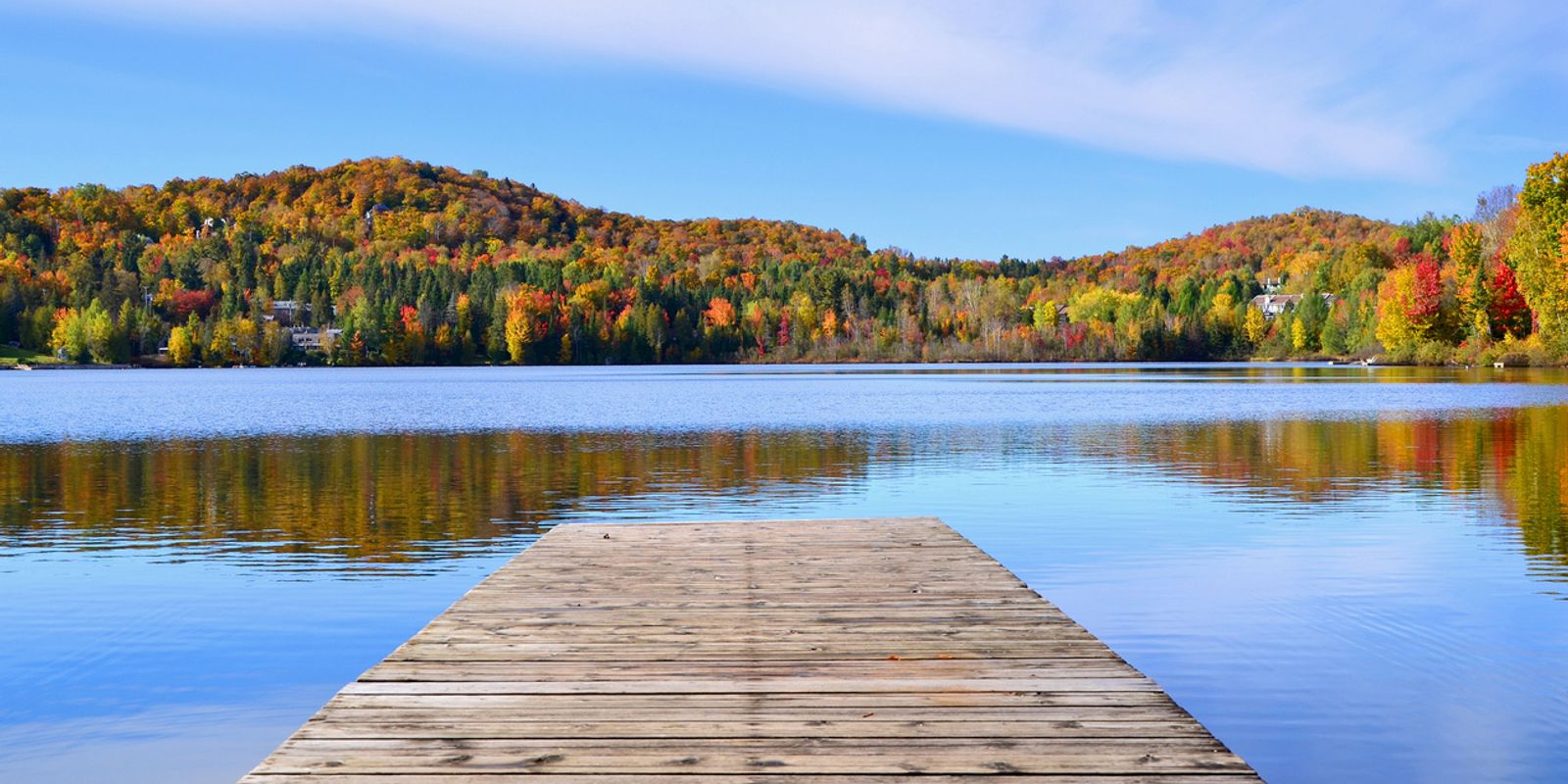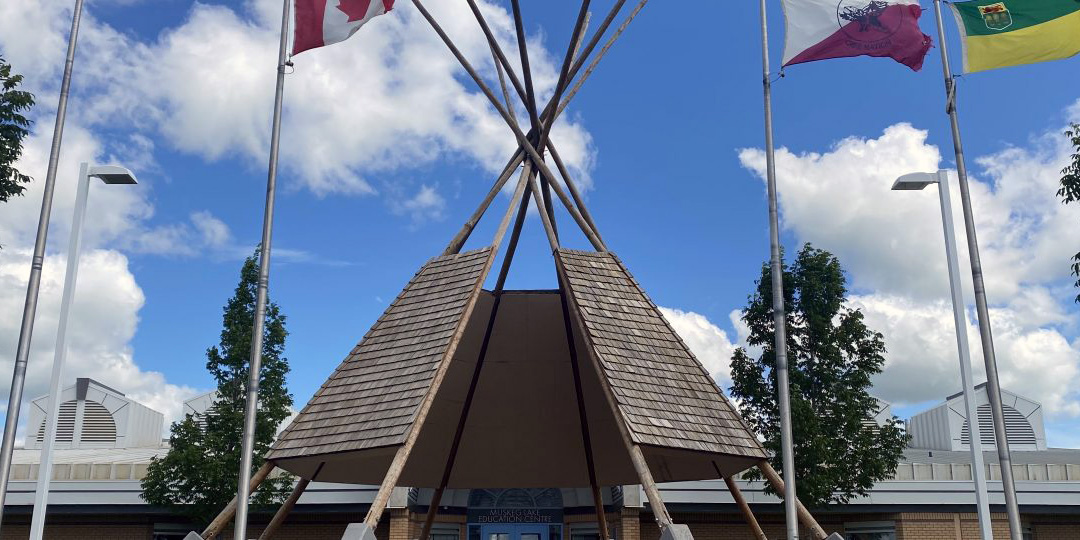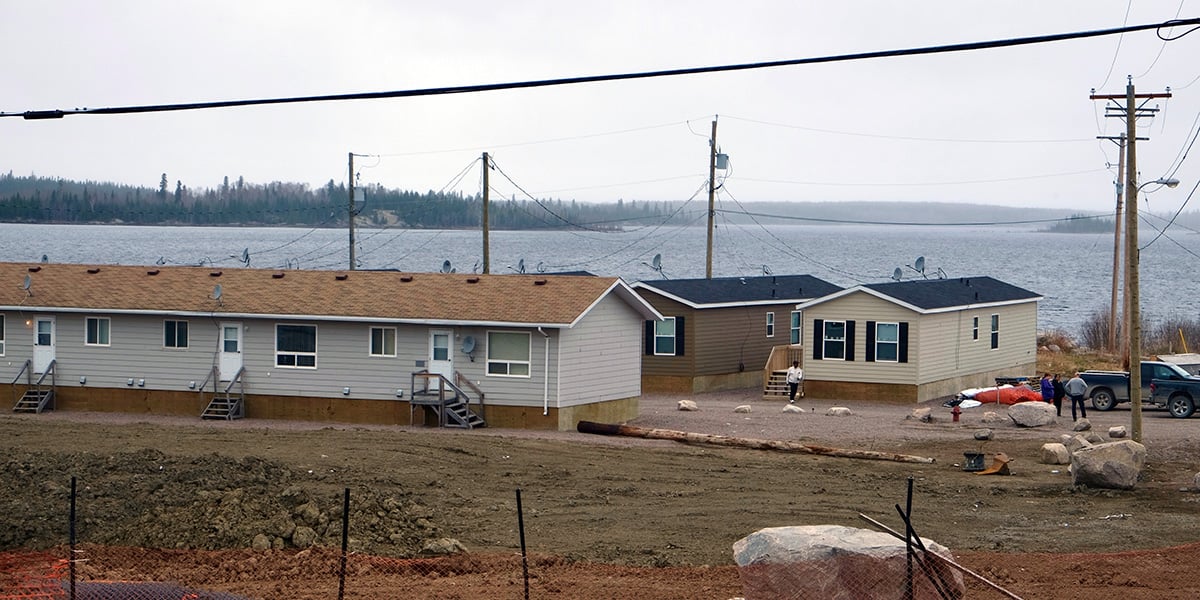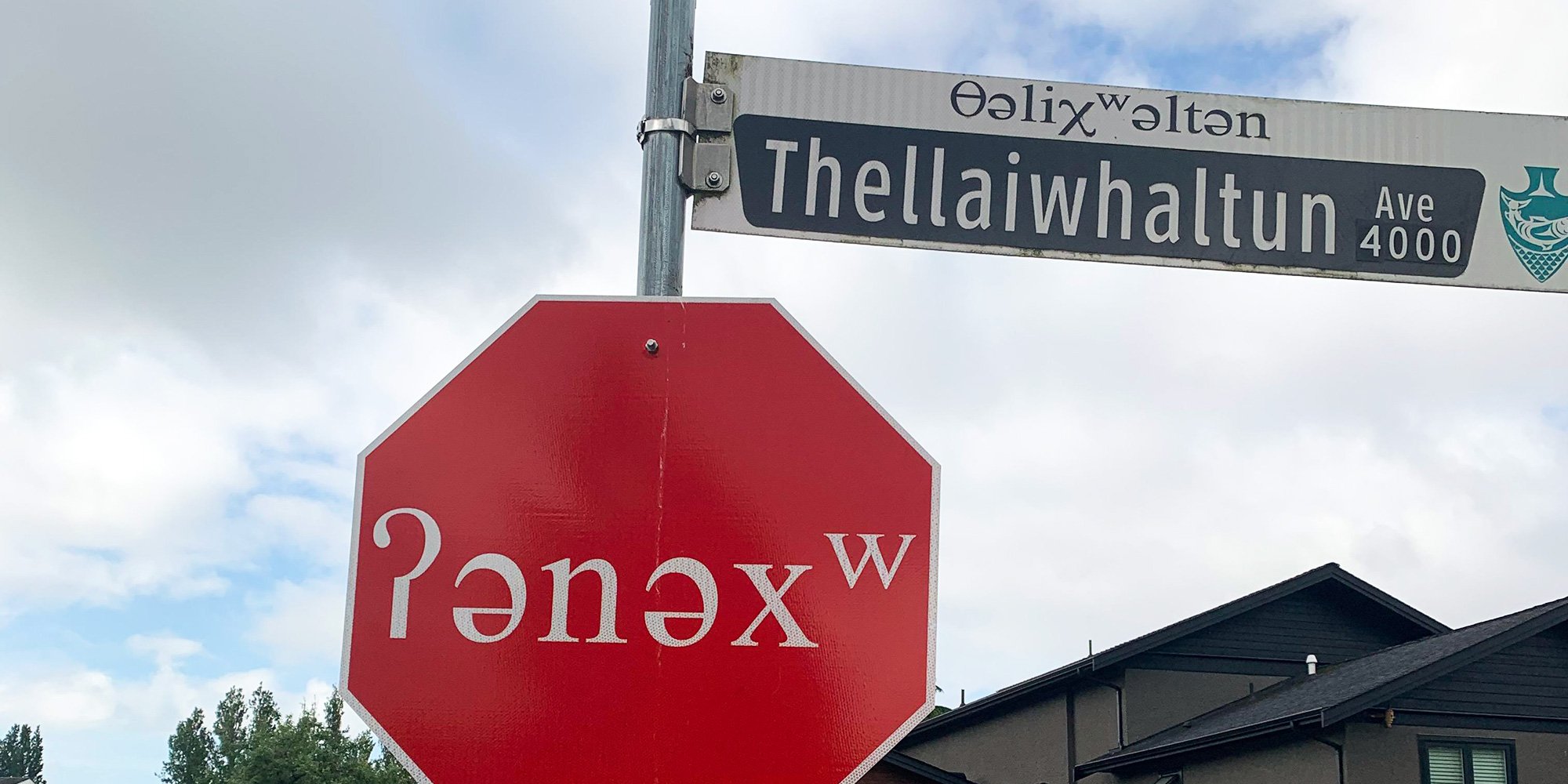Notable Impact of Urban Reserves and Saskatoon
The first urban reserve in Canada was created in 1988 in the City of Saskatoon. The relationship between Saskatoon and Muskeg Lake Cree Nation (MLCN)...

Rainy Lake has always been important to the Anishinaabe of this region,” says Chief Janice Henderson of Mitaanjigamiing First Nation. “The district needs to work harder to understand the history and the importance of reconciling the many claims and issues have had with the way land and resources have been dealt with by Ontario and Canada, and commit to supporting processes that deal fairly with them,” she added.
Agency #1 reserve was one of a handful of “Agency” reserves promised to Treaty #3 communities in return for, among other things, allowing the Dawson route and railways through Anishinaabe territory in 1873.
These reserves were held in common. In the instance of Agency #1, held in common by the Rainy Lake bands of present-day Couchiching, Mitaanjigamiing, Naicatchewenin, and Nigigoonsiminikaaning First Nations.
“This is very symbolic of our treaty, the way that Agency #1 reserve has been handled in the past,” explained Chief Wayne Smith of Naicatchewenin First Nation. When the First Nations had something of real value, the Indian Agents of the past found some way to give it to others, lease it, or rent it for many, many years,” he charged. In the instance of this beautiful reserve, there was a 99-year lease, as well as other lands that were taken out of our control."
“We think we have commitment and a process to return the lands not owned by others, and we think this process can be fair and just for us all,” said Chief Smith.
In 2007, the 99-year lease was concluded and in the same year, a court placed a protection order on the assets and infrastructure of the Town of Fort Frances within the parklands until an issue of “ownership” of the Agency #1 reserve finally was resolved.
“There is no ownership issue,” stressed Couchiching First Nation.
“In the past, a surveyor mistakenly drew a 132-foot shore allowance on federal lands, and now we are all paying hundreds of thousands of dollars to lawyers—every party to this litigation, including Ontario, Canada, the First Nations, and the Town of Fort Frances—to find out why and what consequences in law this has.
“We are asking the district to support the return of the shore allowance lands so that we can start to develop the Agency #1 reserve and maintain the park ourselves as long as it is economically feasible, and develop jobs and opportunities for our people,” added Chief McPherson.
The Nanicost grounds are the only area where the Agency #1 First Nations have been allowed to develop, which now includes a pharmacy, health access centre, Treaty #3 Police offices, and other plans.
“This litigation around the park lands will likely continue,” warned Chief Will Windigo of Nigigoonsiminikaaning First Nation. And in the meantime, we are trying to plan infrastructure and economic development for the remainder of the lands that were not sold in Agency #1 reserve, including the old golf course area. We know now that this reserve should have been much larger than it is presently known, but we have always said that we do not want to make a new injustice by resolving our land claims at the expense of innocent purchasers of lands,” he stressed.
“If lands are owned by others, despite a lot of irregularities in how the land was taken out of this reserve, we do not dispute the title held by others today–but we should be compensated for losing the land,” Chief Windigo argued.
The First Nations have been working diligently with Ontario and Canada on developing timely ways to return the unsold lands back to Agency #1 reserve.
A solidarity walk planned for tomorrow (June 21), from the west end of town to the Point starting at 10:15 a.m., is symbolically showing the expanse of lands that were to be part of Agency #1 reserve, including the waterfront up to Frenette Avenue.
The actual reserve survey did not include the Frenette Avenue area as the Indian Agent and other individuals had an interest in those lands themselves.
The walk also will include the Highway 11 corridor, which was taken out of the Agency #1 reserve lands when it was built, and the park and Idylwilde road lands.
The First Nations are asking district residents to recognize that Robert Pither, the former Indian Agent, was the author of many of the claims and issues with Agency #1 reserve, and no longer refer to these lands as “Pither’s Point Park” as a gesture of goodwill and friendly relations.
The First Nations are committed to creating an economic development plan for Agency #1 reserve that will benefit their communities and the district as a whole.

The first urban reserve in Canada was created in 1988 in the City of Saskatoon. The relationship between Saskatoon and Muskeg Lake Cree Nation (MLCN)...

A First Nation reserve is a tract of land set aside under the Indian Act and treaty agreements for the exclusive use of an Indian band (First...

This is the second installment in our series on First Nation reserves. The first part provided some FAQs on reserves whereas this article will...